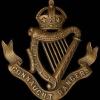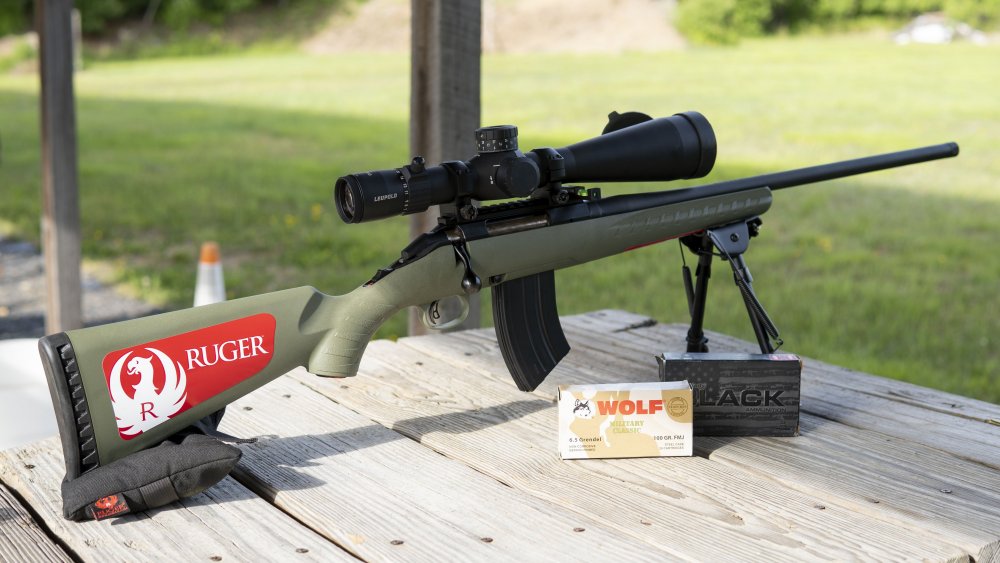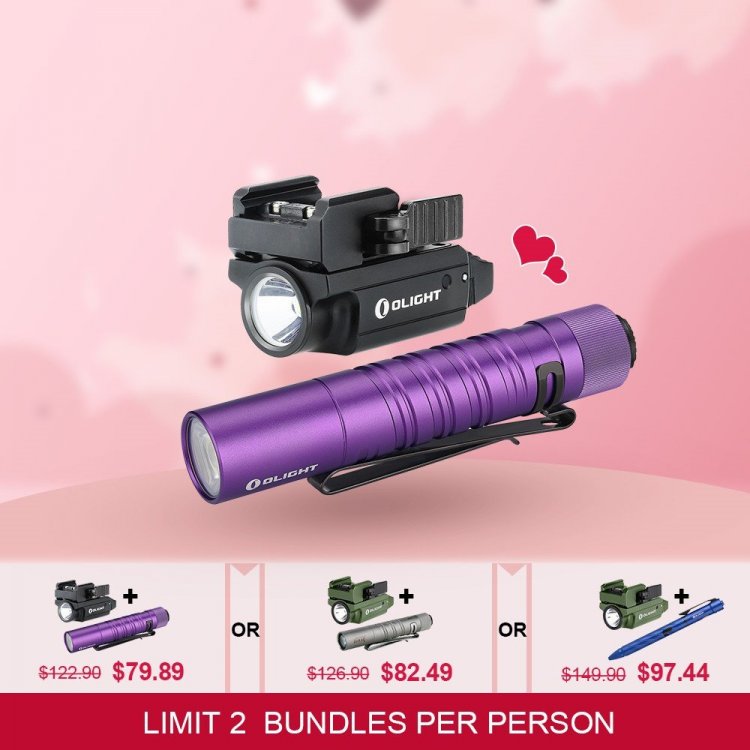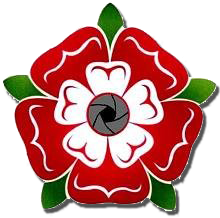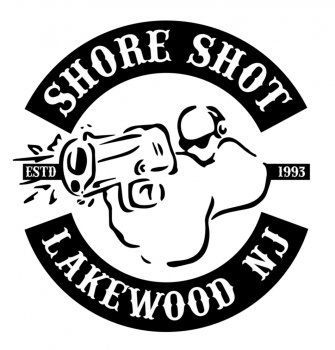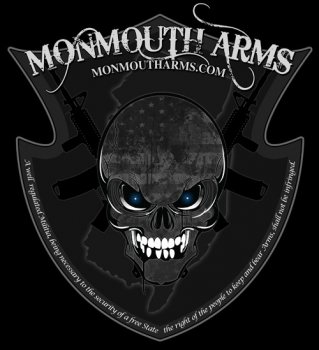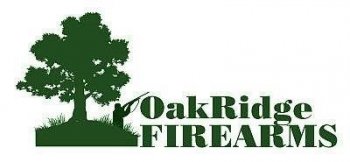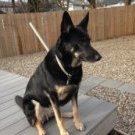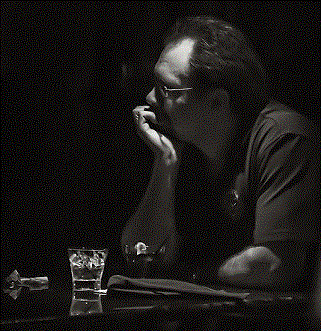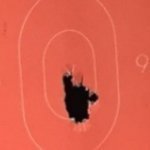-
Supporting Vendors
-
-
Latest Topics
-
-
Posts
-
Single stage will have a tighter tolerance, and you have more control over the process. Progressives are for bulk range fodder. Every experienced reloader gave me the same advice when I was getting into the hobby, start with single stage, so you can truly understand the reloading process and what you have to do on your end to make great ammo. Once you have mastered that, then you can think about a progressive. If you want to add a bit of convenience to your single stage reloading, a turret press (rotates the dies, not the shell plate) is probably better suited. It is still effectively a single stage operation, but you don't have to keep removing and remounting dies. I'm not sure what you mean by this. Whatever press you get, it will have to be secured to a work surface in some way. I bought an inexpensive 20"x20" work surface from HF to permanently mount my shotshell press on. It is mounted very sturdy and durable with the added 1/2" hardwood plank and extra big washers. If you haven't already, you should check out some of the reloading channels on YT. Ultimate Reloader is one of my faves, but there are scores of others with great advice. See it in action.
-
The 550 is not a true progressive as it does not auto index, right? I'm in the process of selling myself on a XL750. For a starter press, you can't go far wrong with a Lee Classic Turret. It is cheap, auto indexes, and swapping calibers is easy. NB. If you go for a manually indexed press and work multiple cartridges at once, be particularly careful to monitor the powder drop stage to avoid no powder or double charges. With an auto indexing press the risk is way lower.
-
The Dillon 550's are amazing machines. Plenty fast, and while there are faster machines in the Dillon lineup, the trade-off is that the faster ones take longer to change between calibers, and the caliber conversion kits are more expensive. You can use the 550 as a single stage press, one cartridge in the shell plate at a time, rotating between the stations after each handle pull. It's a good way to start out and gain experience. I've got a single stage press as well, used for larger rifle cartridges and the occasional oddball handgun cartridge that I don't shoot enough to justify the cost of a caliber conversion kit for the Dillon...but it sounds like those use cases aren't in your immediate future.
-
By Cheflife15 · Posted
Why is the single stage an advantage exactly? Could I not build them on the progressive? -
My suggestion is to get a single stage too. This way it's easier to build loads as for progressives I run two lee pro 1000s ones set up for large pistol primers and one for small.
-
-

